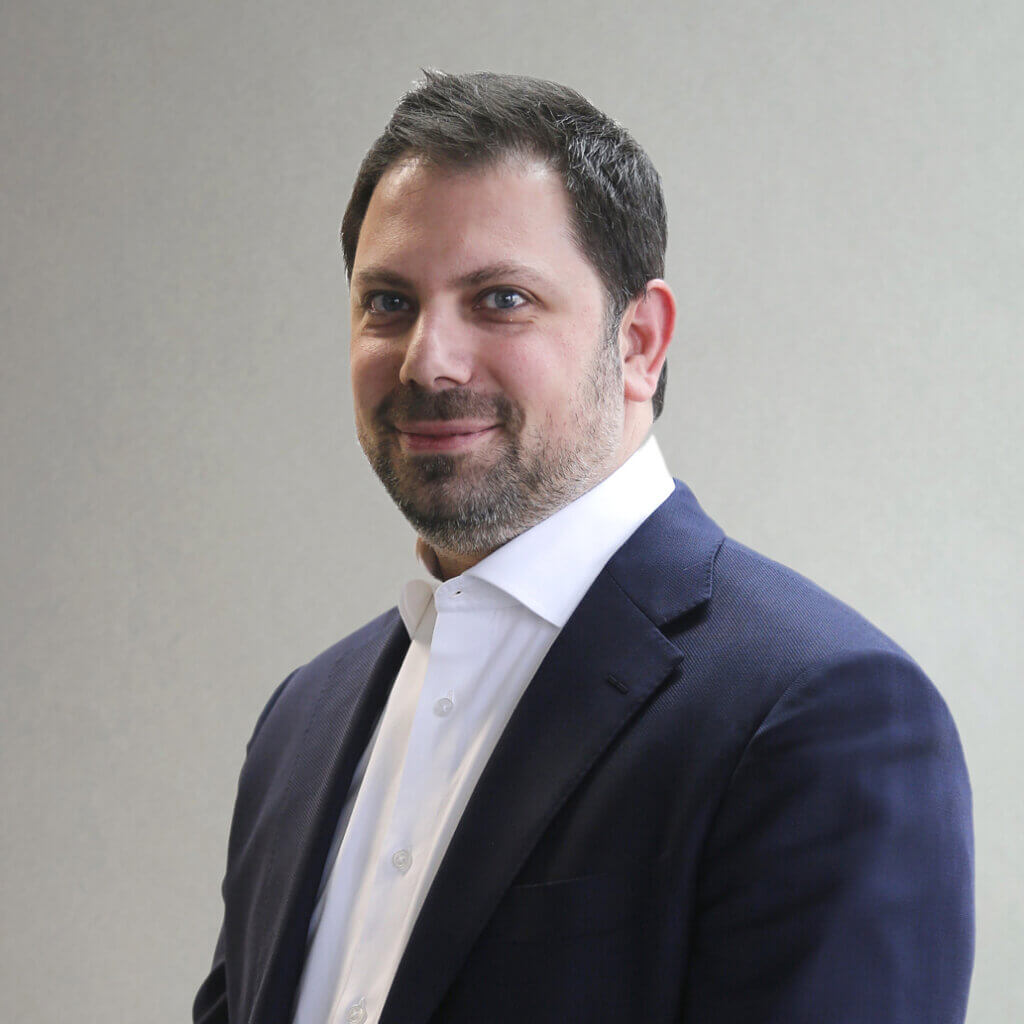
How demand for diversification and returns is reshaping private market capital raising
2022 has been a difficult year for capital raising for PE funds showing a decline of 11% in comparison to the 2021 all-time high, according to Preqin data. This has been due to the decrease of LP commitments and Institutional investors reducing their exposure by approximately 3%. Interestingly, a new market has been forming by private individuals and wealth managers demand for diversification and higher returns. As such, GPs and Managers have been forced to seek fresh means of accessing capital to support new vintages.
Mix into this dynamic new regulatory enhancements which have enabled the creation of “Hybrid Funds”. These are effectively the traditional alternative fund strategies we know however incorporating open-ended features and accepting retail investors. This ‘retailisation’ of alternative funds is a term now widely utilized within the industry.
These favorable regulatory adaptations can be a game-changer. For instance, the European Long Term Investment Fund 2 regulation (“ELTIF 2.0”) has been met with positive reactions from both investors and managers.
ELTIF 2.0 and the evolving retail investor landscape
The adoption of the new regime in Europe was completed in April 2023 and comes into force in January 2024. This will replace the existing ELTIF regulation, which has struggled to find its place within the structuring toolbox of Fund Managers as a viable solution. Similar adoptions can also be seen in the rest of the world with the Financial Conduct Authority (FCA) developing the open ended LTAF funds, and in the US defining “accredited investors” which enables certain investors with a level of sophistication warranting a reduced need for protection to invest in alternative products.
The original regime however failed to obtain significant traction with only 83 funds launched. This was predominantly driven by the high level of restrictions which reduced the flexibility that alternative strategies need to flourish.
The much-anticipated ELTIF 2.0 regime has taken a step in the right direction by making it a more attractive vehicle for addressing the “retail market” for alternative asset managers. Key impacts on the PE world include:
- Funds can now be structured as open-ended Funds with a minimum annual subscription and redemption opportunity
- The removal of the 10 million minimum value threshold for eligible real assets; opening up investment opportunities
- The minimum threshold for investments into eligible assets has also been reduced from 70% to 55%
- It’s now possible to invest into other EU AIFs and not just other ELTIFs hence liquidity management can also be addressed through AIFs with similar strategies to manage the liquidity requirements
- Rules on distribution have enabled the use of a marketing passport across the EU and now allow for retail investors (additional restrictions apply if purely marketed to retail investors)
How hybrid funds change the game for service providers and asset managers
For Administrators this will require a variety of tools that are able to manage funds with open ended features which were primarily associated to the UCITS world. Additionally, there is a need for systems that can handle portfolio accounting for both illiquid and liquid assets.
For Depositories, the retail regime is geared towards optimal protection of the investors, insofar that only Banks can operate as Depositary for the ELTIF 2.0. This will open the road for specialized banks who will need to blend liquid and illiquid setups together to manage these hybrid funds.
For asset managers there will also be a steep learning curve in managing investors with liquidity requirements that PE firms are unfamiliar with. This could lead to the need for restricted redemptions, highlighting the complexity of incorporating such liquidity measures into their portfolio.
With these challenges comes the added value that such structures benefit:
- GPs/Managers by paving the road to new distribution channels reaching both Private and Professional investors and
- Pension and retail savings funds seeking diversification and better returns in an asset class which initially could have been out of scope.
The looming AIFMD 2.0 could however incorporate new limitations, but as of now the ELTIF 2.0 has been branded by many as the new UCITS for Alternative Funds.
Why Luxembourg leads as the Top Domicile for ELTIF 2.0 Funds
Luxembourg has become one of the world’s leading fund domiciles over the past 30 years, driven initially by UCITS and later strengthened by the 2013 adoption of AIFMD. This opened the door for alternative managers to scale strategies for professional and institutional investors. Today, Luxembourg’s regulatory stability, deep service provider ecosystem, and history of fund innovation position it as a natural home for Hybrid ELTIF 2.0 Funds.
Its structuring options—such as UCI Part II Funds—offer broad asset eligibility and, in theory, could admit retail investors. Combined with its proven track record and readiness to support hybrid models, Luxembourg stands out as the ideal hub for the growth of ELTIF 2.0 and the retailization of alternative investments.
Unlocking the Next Era of Private Markets
The retailization of private funds—driven by hybrid structures, regulatory shifts like ELTIF 2.0, and investor demand for broader access—marks a pivotal evolution in the alternatives space. As the line between institutional and retail capital continues to blur, fund managers and service providers must adapt to a new operational reality that prioritizes flexibility, transparency, and liquidity.
With its established infrastructure, regulatory foresight, and legacy of fund innovation, Luxembourg is uniquely positioned to lead this next chapter. For firms ready to embrace this shift, the opportunity is clear: tap into a broader investor base, diversify distribution channels, and help redefine what access to private markets looks like.
This article was originally published in LPEA’s Insight Out Magazine.




